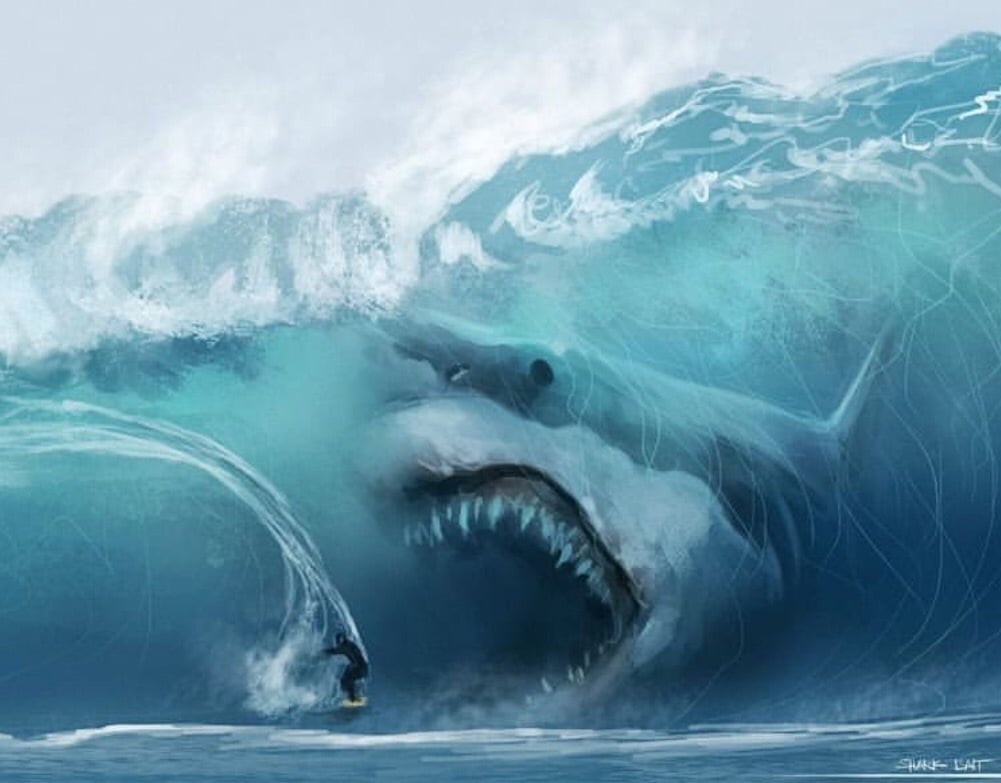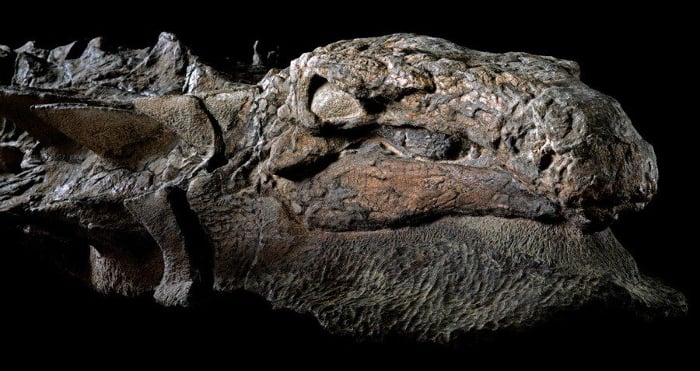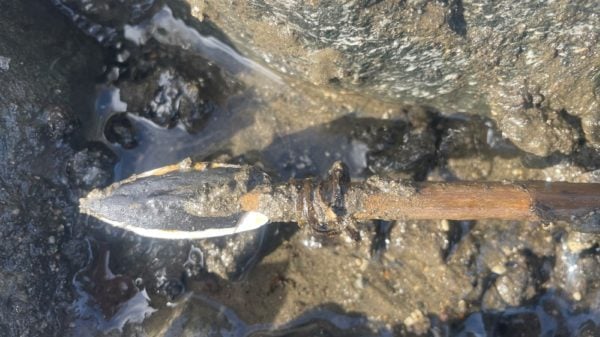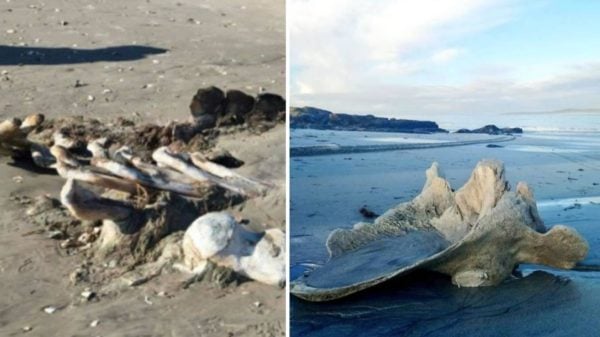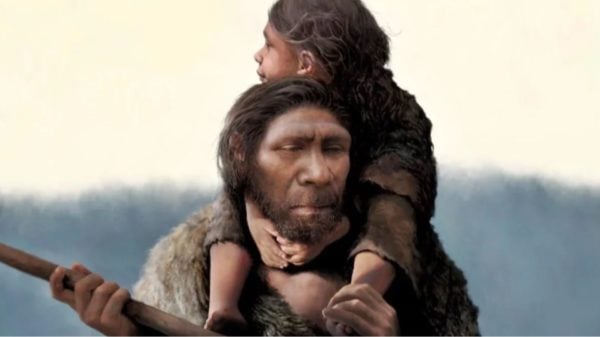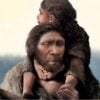The last thing this world needs is another pandemic. However, it seems like we’re in a never-ending battle against the microcosmic world beneath the surface of our skin, and now, it may just be the thing that wipes us out.
This past fall, an outbreak of H5N1, otherwise known as avian influenza, occurred on a Spanish mink farm overseas. The unfortunate outbreak killed off every single one of the 50,000 minks on the farm.
Now, you may be thinking, “What do minks have to do with me?”
Well, this incident has pretty significant implications, as some experts say this could be the very first time we’ve discovered mammal-to-mammal transmission of a highly deadly bird flu virus. A recent study proved this theory to be true, and now scientists are saying that such a development is concerning for human health.
While the avian flu has been known to sporadically spread to various mammals from birds, a recent Eurosurveillance study highlights the severity of the mink deaths and sicknesses. The researchers also suggest the possibility of onward virus transmission to the other minks on the Spanish farm, further raising concerns about potential risks to humans.
Experts are worried about the potential consequences that this transmission style could have on humans, given the alarming possibility of mammalian transmission. University of Sydney researcher Michelle Wille warned about the real potential for such transmission.
However, she’s not the only one who’s deeply concerned with the possibly devastating outcomes.
Infectious disease specialist Isaac Bogoch emphasized the gravity of the situation in a recent post on social media, stating that this infection carries the risk of becoming an epidemic or even a pandemic. He also underscored the need for vigilance.
“Awareness among the public is key,” he said.
Well, if we weren’t already uncomfortable enough with this situation, now we’re feeling it.
Influenza H5N1 has quite a notorious personality. Unique to many other viruses, it has a nearly 100% bird mortality rate. And while mammals haven’t been as susceptible to the virus as their flying cousins, they are not immune to its effects either.
For humans, the global mortality rate from bird flu stands at over 50%, according to the World Health Organization.
Up until now, human infections have been linked to infected bird contact, and now this mammal-to-mammal transmission raises significant worries. The possibility of a mammal, like a mink, acting as a through host opens the door for the virus to mutate and pose a serious threat to the greater mammal society. That includes humans.
Louise Moncla, an assistant professor for the School of Veterinary Medicine at the University of Pennsylvania, explains to CBC News that this scenario is particularly troubling because it aligns with the type of situation in which the virus adapts and replicates more efficiently in mammals, including humans. This could potentially make the virus more dangerous and increase the risk of it spreading further.








